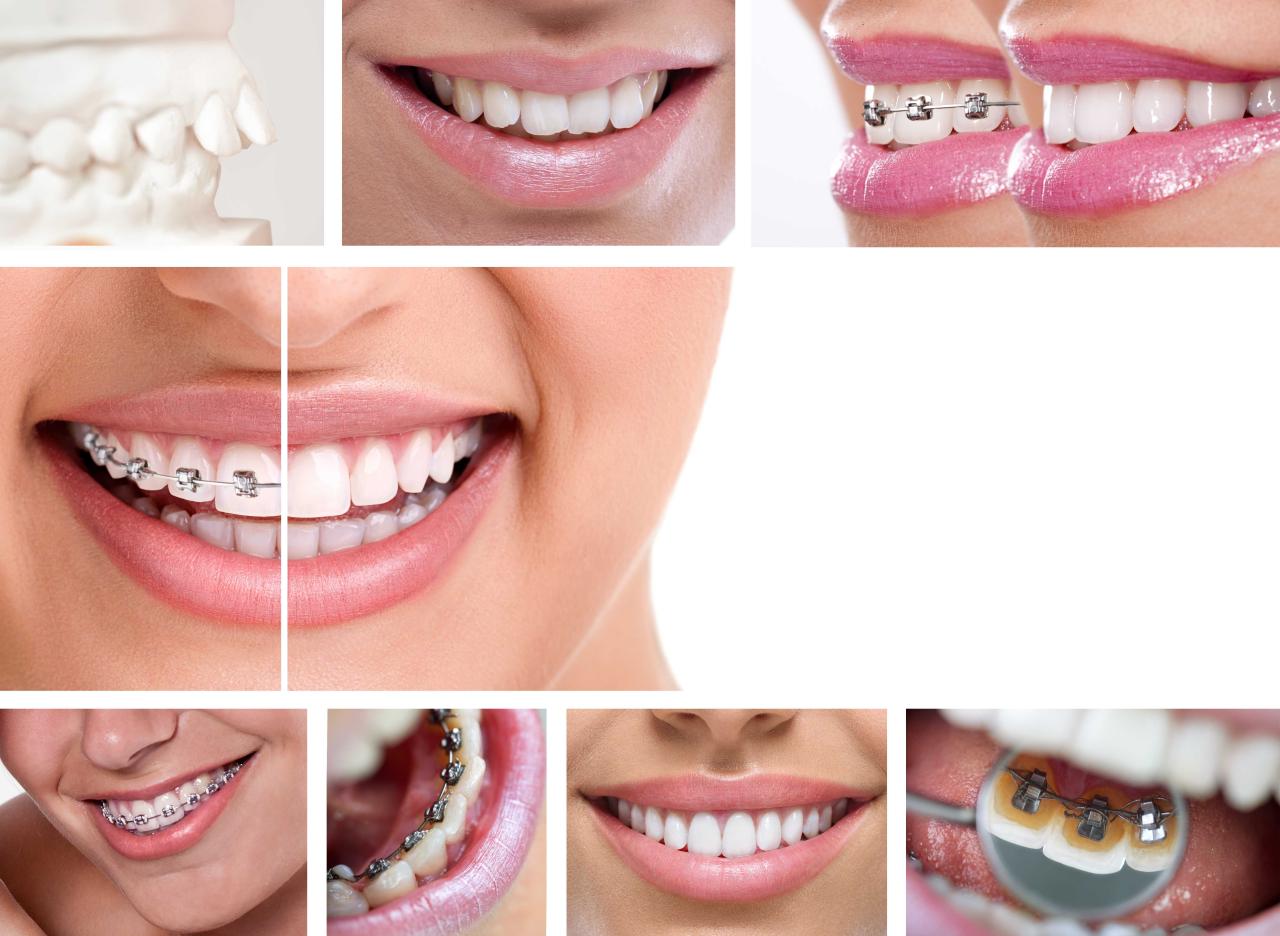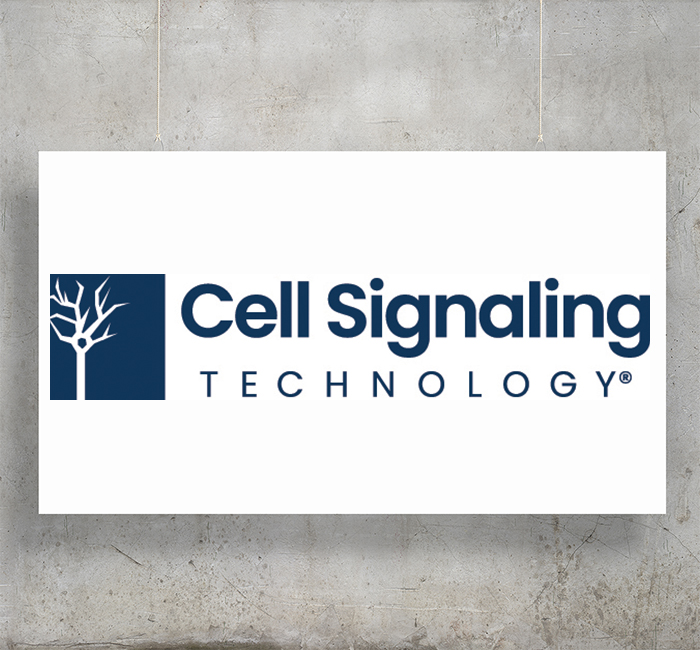New Toothbrush Technology: A Revolution in Oral Care
New toothbrush technology has revolutionized the way we care for our teeth. From the humble beginnings of natural materials to the sophisticated advancements of today, the journey of the toothbrush […]
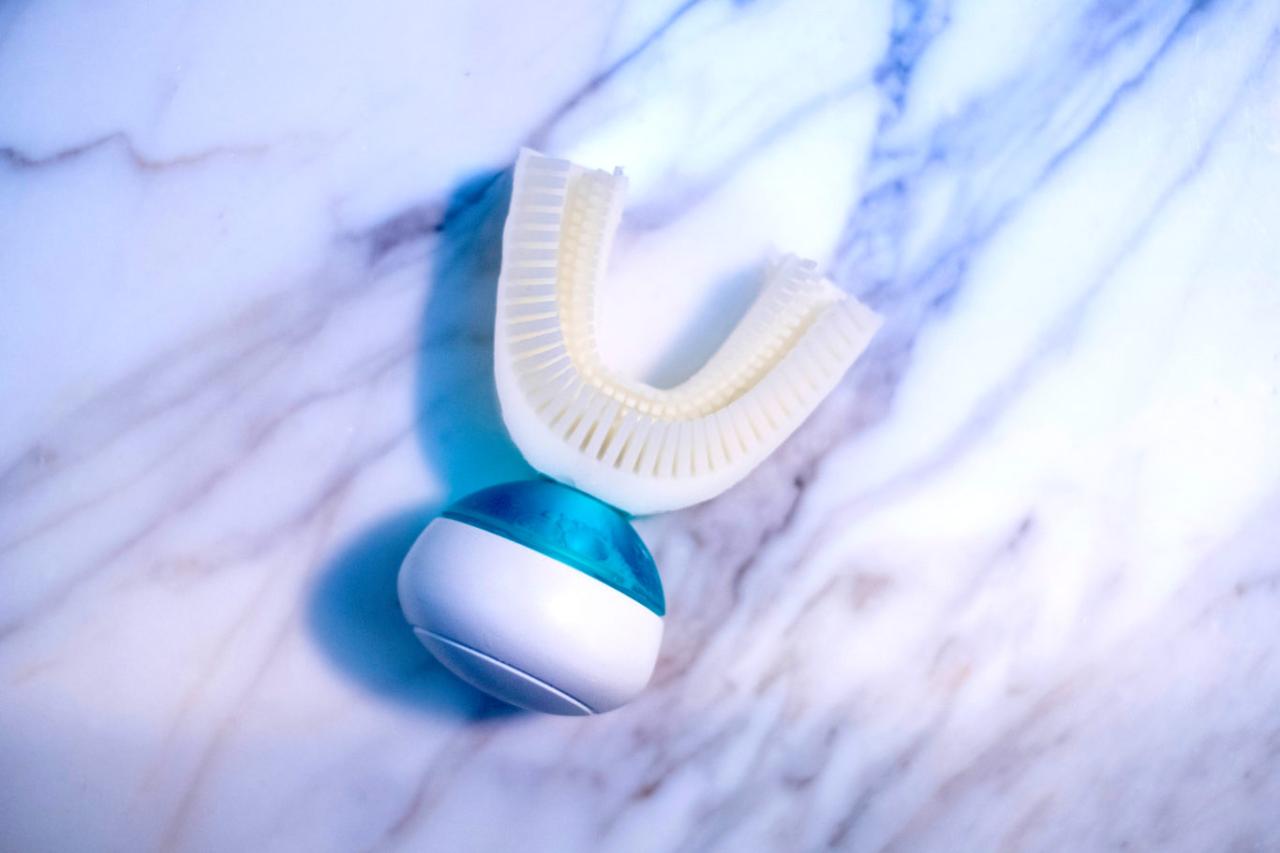
New toothbrush technology has revolutionized the way we care for our teeth. From the humble beginnings of natural materials to the sophisticated advancements of today, the journey of the toothbrush is a testament to human ingenuity and our pursuit of better oral health.
This exploration delves into the history, innovations, materials, benefits, and future trends of toothbrush technology. We’ll uncover the science behind electric and sonic toothbrushes, explore the impact of materials on their effectiveness, and discuss the exciting possibilities of AI-powered personalized oral care.
Evolution of Toothbrush Technology

The toothbrush, a seemingly simple tool, has undergone a remarkable evolution over centuries, reflecting advancements in materials, design, and our understanding of oral hygiene. From rudimentary tools used in ancient civilizations to the sophisticated electric toothbrushes of today, the toothbrush has played a pivotal role in maintaining oral health.
Early Toothbrushes
The earliest forms of toothbrushes can be traced back to ancient civilizations. Egyptians, for instance, used sticks with frayed ends to clean their teeth. The Chinese, around 1498, used a toothbrush made from a combination of a bone handle and bristles from the neck of a hog. These early toothbrushes were primarily used for cleaning and removing food particles, with little understanding of the importance of plaque removal.
The Transition to Synthetic Bristles
A significant turning point in toothbrush technology came in the 1930s with the introduction of synthetic nylon bristles. Prior to this, natural bristles, often sourced from animals, were used. However, natural bristles were prone to harboring bacteria and shedding, posing health risks. Nylon bristles offered several advantages: they were more durable, easier to clean, and less likely to harbor bacteria. This innovation revolutionized toothbrush design and significantly improved oral hygiene practices.
The Rise of Electric Toothbrushes
The 1960s marked another pivotal moment with the introduction of the first electric toothbrushes. These devices offered a more efficient and effective way to clean teeth, especially for individuals with limited manual dexterity. Electric toothbrushes, through their oscillating or rotating heads, remove plaque and debris more effectively than manual toothbrushes.
Key Advancements in Toothbrush Technology
- Power and Battery Life: Electric toothbrushes have evolved significantly in terms of power and battery life. Modern electric toothbrushes are equipped with powerful motors and rechargeable batteries, providing longer usage time and a more efficient cleaning experience.
- Brush Head Technology: Brush heads have become more sophisticated, with various designs and bristle configurations catering to specific oral health needs. Some brush heads are designed for sensitive teeth, while others are specifically targeted for plaque removal or gum stimulation.
- Smart Technology Integration: Recent advancements have seen the integration of smart technology into toothbrushes. These smart toothbrushes can connect to smartphones or other devices, providing real-time feedback on brushing habits, tracking brushing time, and even suggesting improvements to brushing techniques.
- Sonic Toothbrushes: Sonic toothbrushes, which use high-frequency vibrations to clean teeth, have gained popularity. They are known for their effectiveness in removing plaque and bacteria, even in hard-to-reach areas.
Modern Toothbrush Innovations
The world of oral hygiene has undergone a remarkable transformation, with modern toothbrushes incorporating cutting-edge technology to elevate brushing experiences and enhance oral health. From sonic vibrations to smart sensors, these advancements offer a more effective and personalized approach to maintaining a healthy smile.
Sonic Vibration Technology
Sonic toothbrushes employ high-frequency vibrations to dislodge plaque and debris from teeth, promoting a deeper clean compared to traditional manual toothbrushes. These vibrations, often exceeding 30,000 strokes per minute, create a dynamic cleaning action that reaches even the most challenging areas of the mouth.
“Sonic toothbrushes are particularly effective in removing plaque and bacteria from hard-to-reach areas, such as the gum line and between teeth.”
This technology is especially beneficial for individuals with braces, dental implants, or sensitive gums, as it offers a gentle yet thorough cleaning experience.
Smart Sensors and Customizable Settings
Smart toothbrushes are equipped with advanced sensors that monitor brushing habits and provide real-time feedback to users. These sensors can track brushing time, pressure, and coverage, ensuring a comprehensive and effective cleaning routine.
“Smart toothbrushes can also offer personalized guidance, reminding users to brush for the recommended two minutes and directing them to areas they may have missed.”
Many smart toothbrushes allow users to customize settings based on their individual needs and preferences. This includes adjusting brushing modes, intensity levels, and even connecting to smartphone apps for detailed brushing data and insights.
Toothbrush Head Variations
The choice of toothbrush head is crucial for achieving optimal oral hygiene. Different types of bristles cater to various oral health needs and sensitivities.
- Soft Bristles: Recommended for individuals with sensitive gums, receding gum lines, or those prone to gum irritation. They provide a gentle cleaning action while minimizing the risk of gum damage.
- Medium Bristles: Suitable for most individuals with healthy gums. They offer a balance between gentle cleaning and effective plaque removal.
- Hard Bristles: Generally not recommended for daily use, as they can be abrasive and damage tooth enamel and gums. They may be appropriate for specific situations, such as removing stubborn stains, under the guidance of a dental professional.
Artificial Intelligence in Toothbrush Design, New toothbrush technology
Artificial intelligence (AI) is playing an increasingly significant role in toothbrush design, paving the way for personalized oral hygiene routines. AI-powered toothbrushes can analyze individual brushing patterns, oral health data, and even dietary habits to provide tailored recommendations and guidance.
“AI algorithms can identify areas where brushing is inadequate and suggest adjustments to improve cleaning effectiveness.”
This personalized approach to oral hygiene holds immense potential for promoting better oral health outcomes and preventing dental issues.
Materials and Design
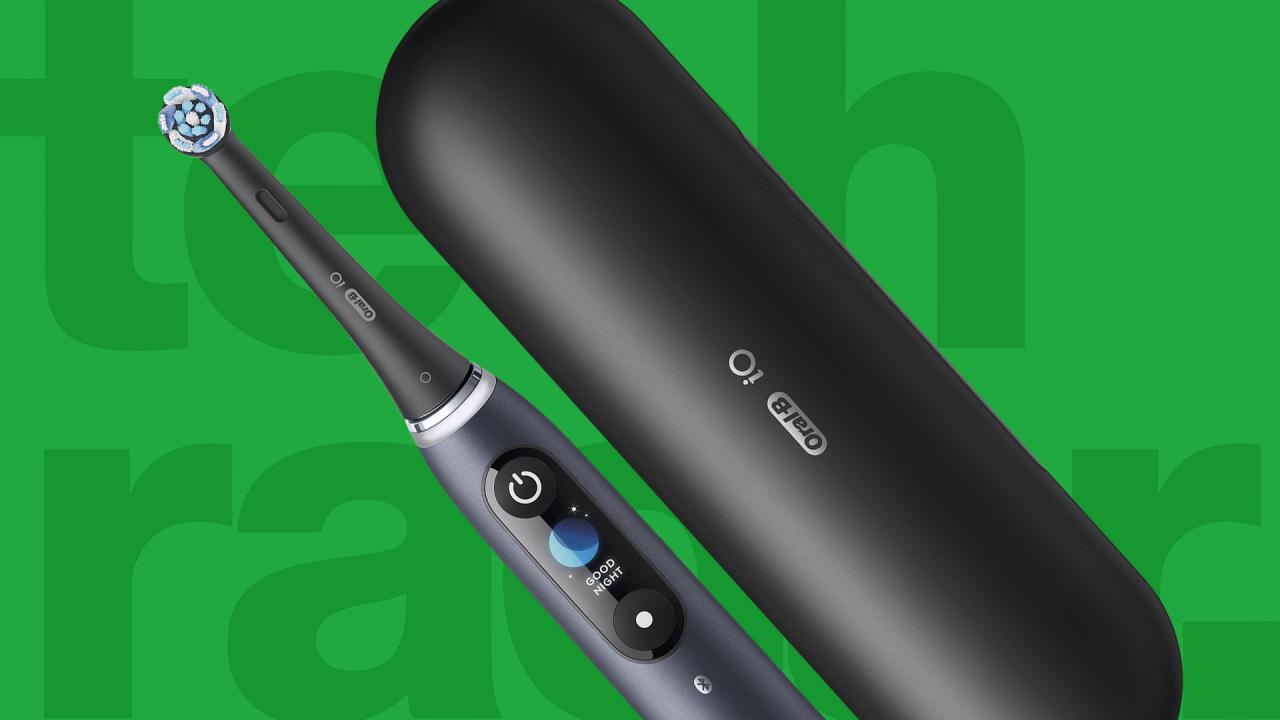
The evolution of toothbrush technology is not just about the bristles; the materials used in construction and the overall design have a significant impact on their effectiveness, durability, and environmental footprint. From the traditional nylon bristles to innovative bamboo handles, each material and design choice plays a crucial role in the overall user experience.
Material Impact
The choice of materials used in toothbrush construction directly influences its durability, effectiveness, and environmental impact.
- Nylon: The most common material for toothbrush bristles, nylon is known for its durability and effectiveness in removing plaque. However, nylon bristles can be abrasive and may not be suitable for sensitive teeth or gums. Additionally, nylon is a petroleum-based plastic that contributes to environmental pollution when discarded.
- Rubber: Rubber is often used in toothbrush handles to provide a comfortable grip and flexibility. It is also a durable material, but it can be susceptible to wear and tear over time. While rubber is biodegradable, it may not decompose completely in landfills.
- Bamboo: Bamboo is a sustainable and renewable resource that is becoming increasingly popular for toothbrush handles. Bamboo is naturally antibacterial and biodegradable, making it an eco-friendly alternative to plastic. However, bamboo handles may not be as durable as plastic handles and may require more frequent replacement.
Ergonomic Design
Ergonomic toothbrushes are designed to maximize comfort and effectiveness during brushing.
- Handle Shape: The shape of the handle is crucial for providing a comfortable and secure grip. Ergonomic toothbrushes often feature contoured handles that fit naturally in the hand, reducing strain on the wrist and hand.
- Grip: The texture and material of the handle contribute to the grip. Rubberized or textured handles provide better grip, especially for individuals with wet hands.
- Reach: The design of the toothbrush head, including the length of the handle and the angle of the bristles, influences the reach and accessibility of hard-to-reach areas in the mouth. Some toothbrushes feature angled heads or long handles to reach the back molars more easily.
Material and Design Comparison
| Material/Design | Pros | Cons |
|---|---|---|
| Nylon Bristles | Durable, effective at removing plaque | Abrasive, not suitable for sensitive teeth, environmentally unfriendly |
| Rubber Handle | Comfortable grip, flexible | Susceptible to wear and tear, not fully biodegradable |
| Bamboo Handle | Sustainable, renewable, biodegradable, antibacterial | May not be as durable as plastic, may require more frequent replacement |
| Ergonomic Handle Shape | Comfortable grip, reduces strain on wrist and hand | May not be suitable for all hand sizes and shapes |
| Textured Grip | Provides better grip, especially for wet hands | May be uncomfortable for some users |
| Angled Head | Improves reach to back molars | May be difficult to maneuver in some areas |
Oral Health Benefits: New Toothbrush Technology
The evolution of toothbrush technology has significantly impacted oral hygiene practices, leading to improved dental health outcomes. Innovative features and designs have made it easier for individuals to effectively remove plaque and bacteria, leading to healthier teeth and gums.
Effectiveness of Sonic and Electric Toothbrushes
Sonic and electric toothbrushes are widely recognized for their superior plaque removal capabilities compared to manual toothbrushes. The high-frequency vibrations and oscillating brush heads of these toothbrushes effectively disrupt plaque and bacteria, leading to cleaner teeth and a healthier mouth.
Research has consistently shown that electric toothbrushes are more effective at removing plaque and reducing gingivitis compared to manual toothbrushes.
Impact on Gum Health, Tooth Whitening, and Preventing Tooth Decay
Recent studies have highlighted the positive impact of innovative toothbrush technology on gum health, tooth whitening, and preventing tooth decay.
- Gum Health: Sonic and electric toothbrushes with specialized brush heads designed for gum massage can help improve gum health by stimulating blood flow and reducing inflammation. This can contribute to preventing gum disease and maintaining healthy gums.
- Tooth Whitening: Some electric toothbrushes come equipped with whitening features that use sonic vibrations or specialized brush heads to remove surface stains and brighten teeth. These features can help achieve a whiter smile without resorting to harsh chemicals or expensive treatments.
- Preventing Tooth Decay: The effective plaque removal capabilities of sonic and electric toothbrushes contribute to preventing tooth decay by reducing the amount of bacteria that produce acids that damage tooth enamel. Regular use of these toothbrushes, combined with proper brushing techniques, can significantly reduce the risk of cavities.
Future Trends
The toothbrush, a seemingly simple tool, is poised for a revolution driven by advancements in technology. The future of oral care promises to be more personalized, intelligent, and proactive than ever before.
Integration with Wearable Technology and Smart Home Systems
The convergence of oral care with wearable technology and smart home systems presents exciting possibilities for enhanced oral hygiene monitoring. Imagine a scenario where your toothbrush seamlessly integrates with your smartwatch or fitness tracker, providing real-time feedback on your brushing habits. This data could be used to personalize brushing recommendations, track progress, and even alert you to potential issues.
- Real-time Feedback and Personalized Recommendations: Smart toothbrushes could analyze brushing patterns, pressure, and duration, providing personalized recommendations for optimal brushing. This could help individuals achieve a more thorough clean and address specific oral health concerns.
- Proactive Oral Health Monitoring: By integrating with smart home systems, toothbrushes could monitor oral health indicators like gum health and plaque buildup. This data could be used to identify potential problems early on and encourage proactive care.
- Integration with Wearable Devices: Wearable technology like smartwatches and fitness trackers could be used to collect data on sleep patterns, diet, and physical activity, all of which can impact oral health. This information could be used to provide even more personalized oral care recommendations.
Summary
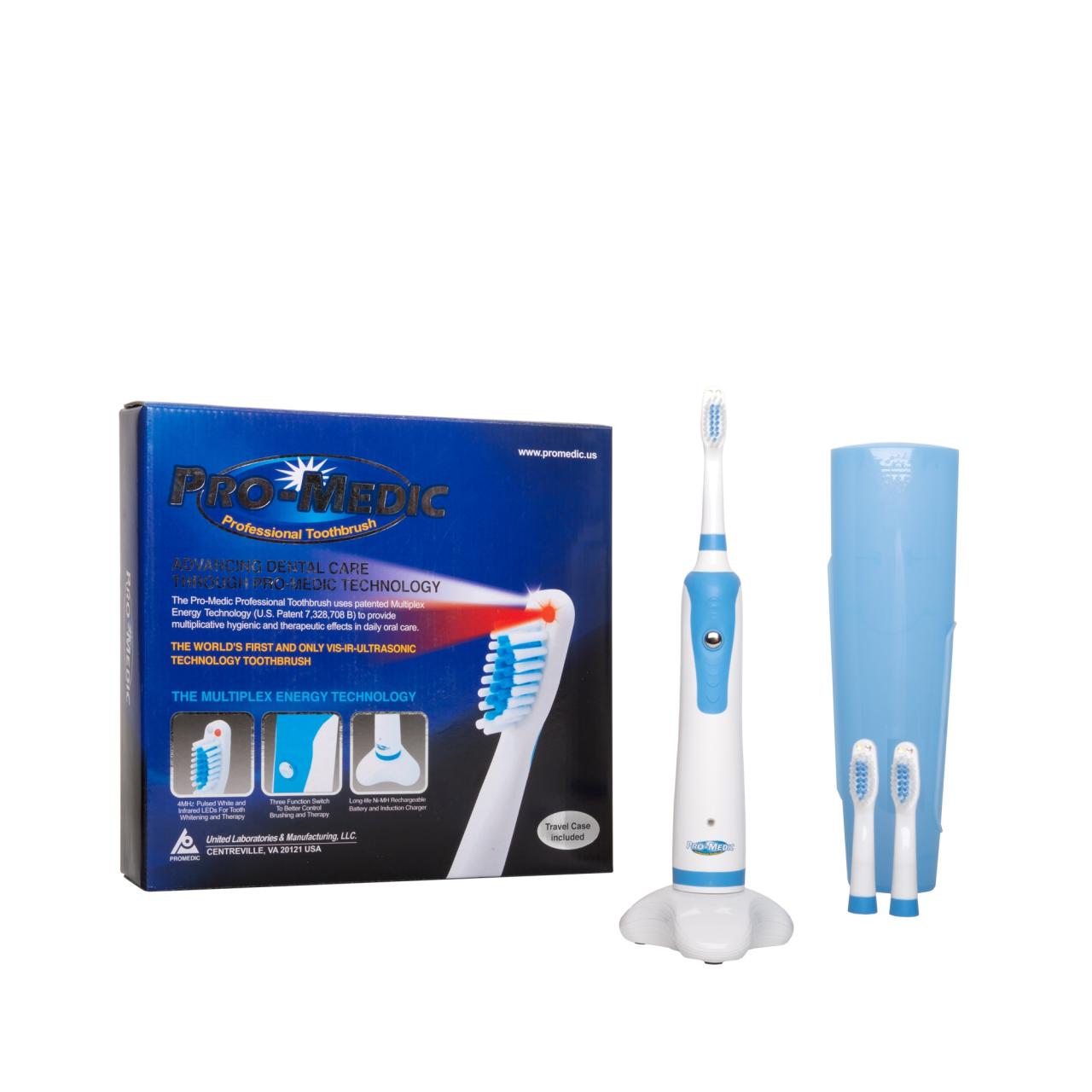
As technology continues to advance, we can expect even more groundbreaking innovations in toothbrush design and functionality. The future of oral care is promising, with the potential to transform our daily routines and ensure a lifetime of healthy smiles.
The world of oral hygiene is constantly evolving, with new toothbrush technologies emerging to enhance our brushing experience. One company leading the way in this innovation is Spillman Technologies Motorola , known for its cutting-edge solutions in various industries.
Their expertise in technology development could be a valuable asset to the toothbrush industry, potentially leading to advancements like AI-powered brushing guidance or even personalized brushing routines based on individual oral health needs.

